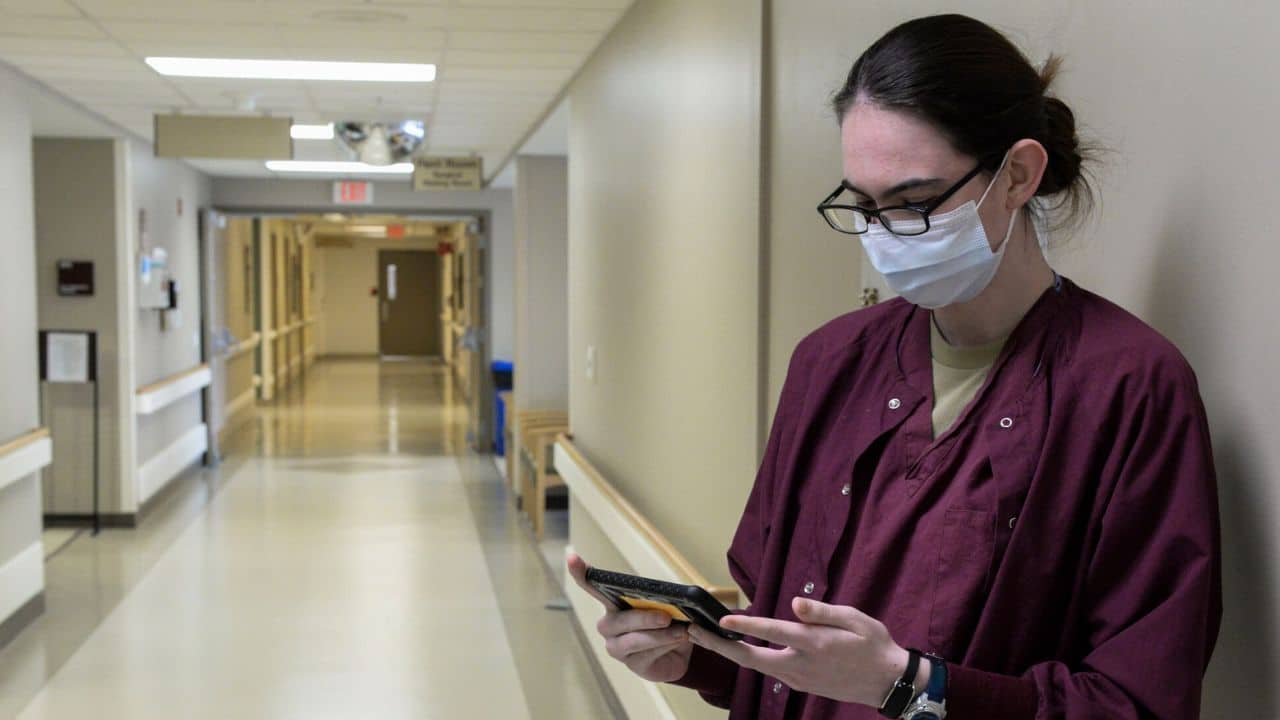Clinical rotations, undertaken during the second half of your medical education, are an integral part of your MD studies. It turns your classroom-based theoretical knowledge into practice preparing you for real-world experiences as a doctor. Your clinical years can be equally thrilling and challenging with many highs and lows.
Clinical rotations in medical school provide first-hand experience as trainee doctors through interactions with patients in real hospital settings. This can help you to choose a specialization and prep for the residency program.
However, the clinical years come with challenges such as balancing studies and shift timings and preparing for other exams. But don’t let this discourage you. Here are a few tips that can help prepare you for your clinical rotations.
How long are clinical rotations?
Before going through the tips to help prepare you for clinical rotations, first, you should know how long they can last. Clinical rotations in medical school last for 72 weeks in most cases with the first 42 weeks dedicated to core rotations and the remaining 30 weeks for elective rotations.
Core rotations include internal medicine, surgery, pediatrics, psychiatry, gynecology, and obstetrics. The elective rotations can be chosen according to your preferred area of specialization.
Top tips for clinical rotations
Clinical rotations are testing times in the life of a medical student. During your clinical years, you will work in shifts as trainee doctors at a hospital. The shifts can be scheduled during any time of the day as required and in cases of emergency. Students will need to attend and pass exams at the end of each rotation to be eligible to progress onto the next rotation.
Balancing studies and hospital shifts can be stressful for medical students. Here are a few tips that can make your clinical years easier:
- Having an organized schedule will always help you in performing well during the rotations. Talk to your peers and more advanced students to understand the difficulty level of each core rotation. Schedule your work in such a way that the most difficult rotations come in between the less demanding rotations so that you have enough time and can be stress-free.
- Make sure that you know what you will be doing in the clinical rotations. To prepare you can go through lecture notes and class material covered during your basic science years. Revising and getting familiar with the various procedures and processes will make studies easier during clinical years.
- Be professional and avoid being competitive with peers. Instead, learn anything you can from everyone during the clinical rotations. Patients are actually the biggest teachers – gather all the information you can about each disease during these times.
- Take time off for relaxation. Studies are important and so is your physical and mental health. Take healthy breaks in between the schedule and recharge yourself so that you don’t find the clinical rotations hectic or overwhelming.
Interacting well with fellow doctors, patients and peers can help your development during the clinical years. Therefore, it is always important to find time to relax and do whatever activities you enjoy that will reduce stress so that you can use your energy and potential to glean maximum results from the clinical rotations.
– If you are looking for guest posts in health “write for us” now.

